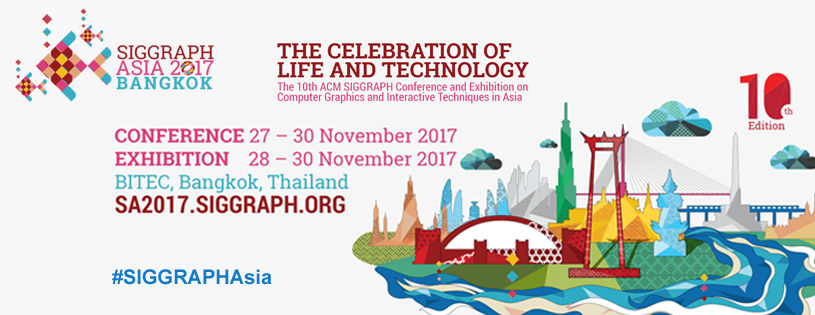Diversity, Inclusivity, and a Homecoming at the SIGGRAPH Asia 2017 VR Showcase

I’ve been in my role as the SIGGRAPH Asia 2017 VR Showcase Chair for a little more than a year now, and it’s dawned on me how much refinement was required to achieve the vision and goals that my committee and I have set out to pursue. A big part of that process has involved listening to the community’s concerns and needs, be they from the VR/AR community, companies, and organizations, or from the local regional communities who are invested in this technology and their ecosystem. While it’s very hard for me to want to get back into a daily routine of having early morning and late night phone Skype sessions (I’ve had plenty on my almost 4-hour roundtrip commute between Berkeley and the South Bay alone), I’ll miss the camaraderie, trust, and friendships that played a big role in building this program and are the foundation of success for this year’s VR Showcase.

